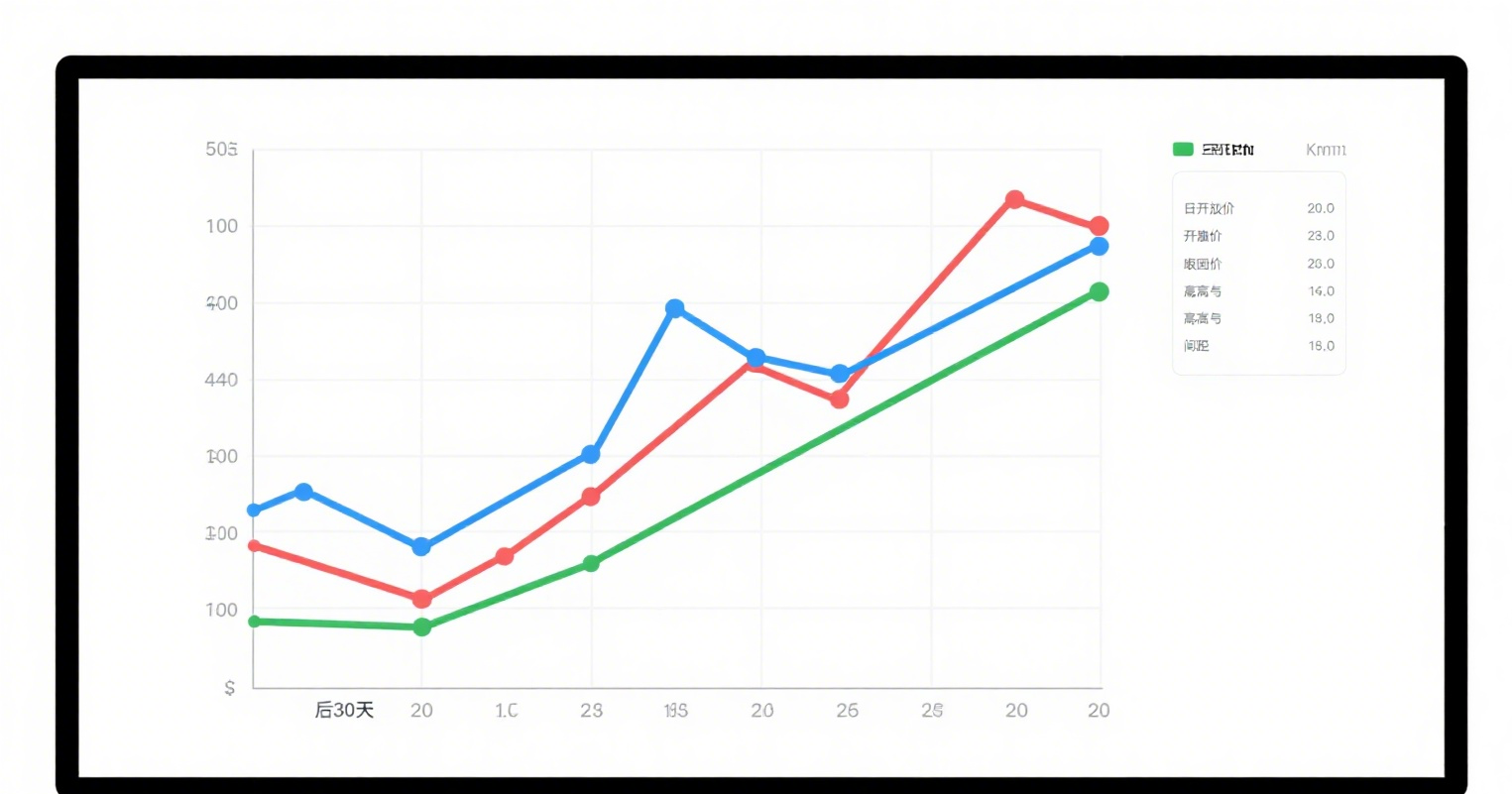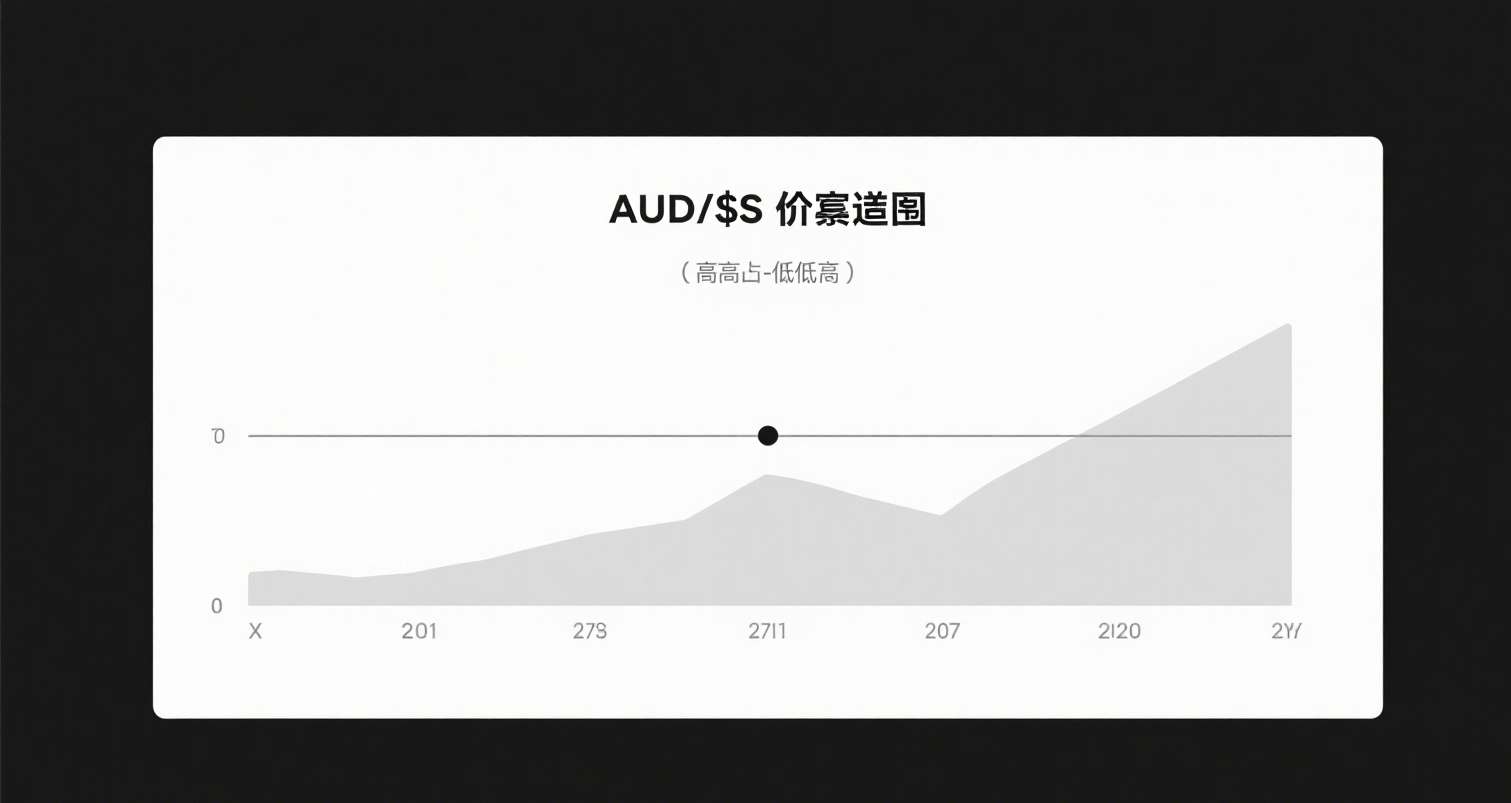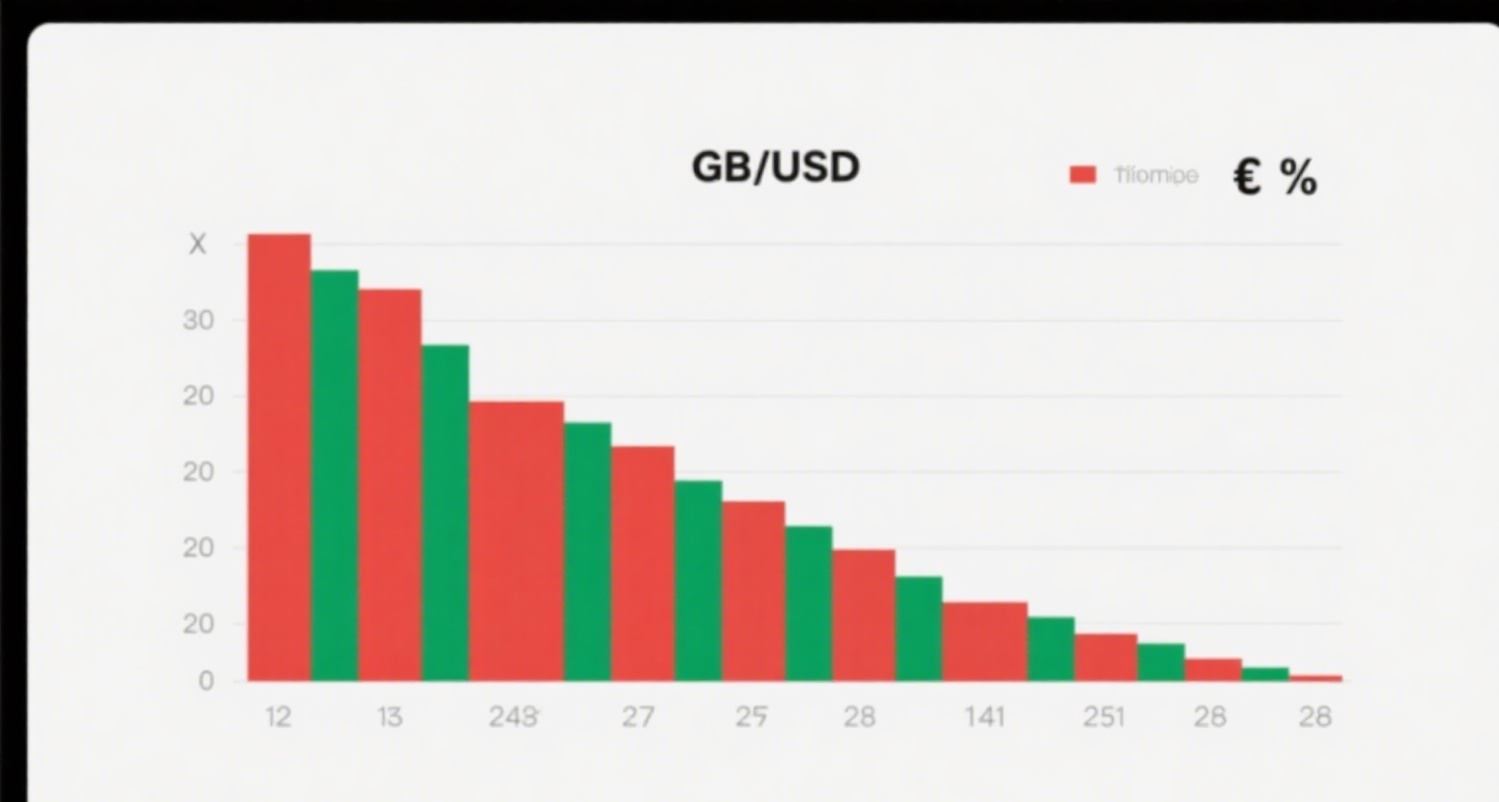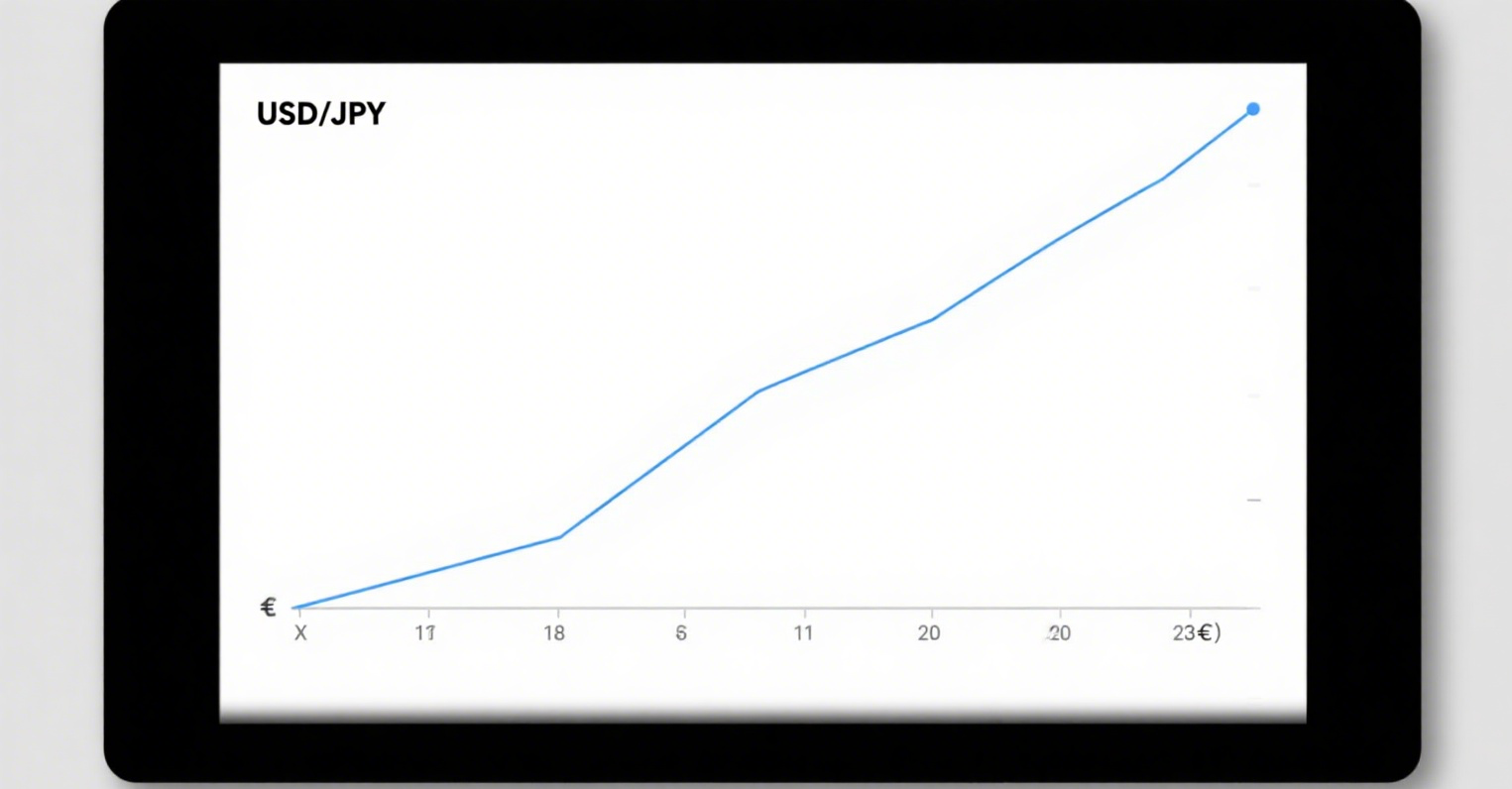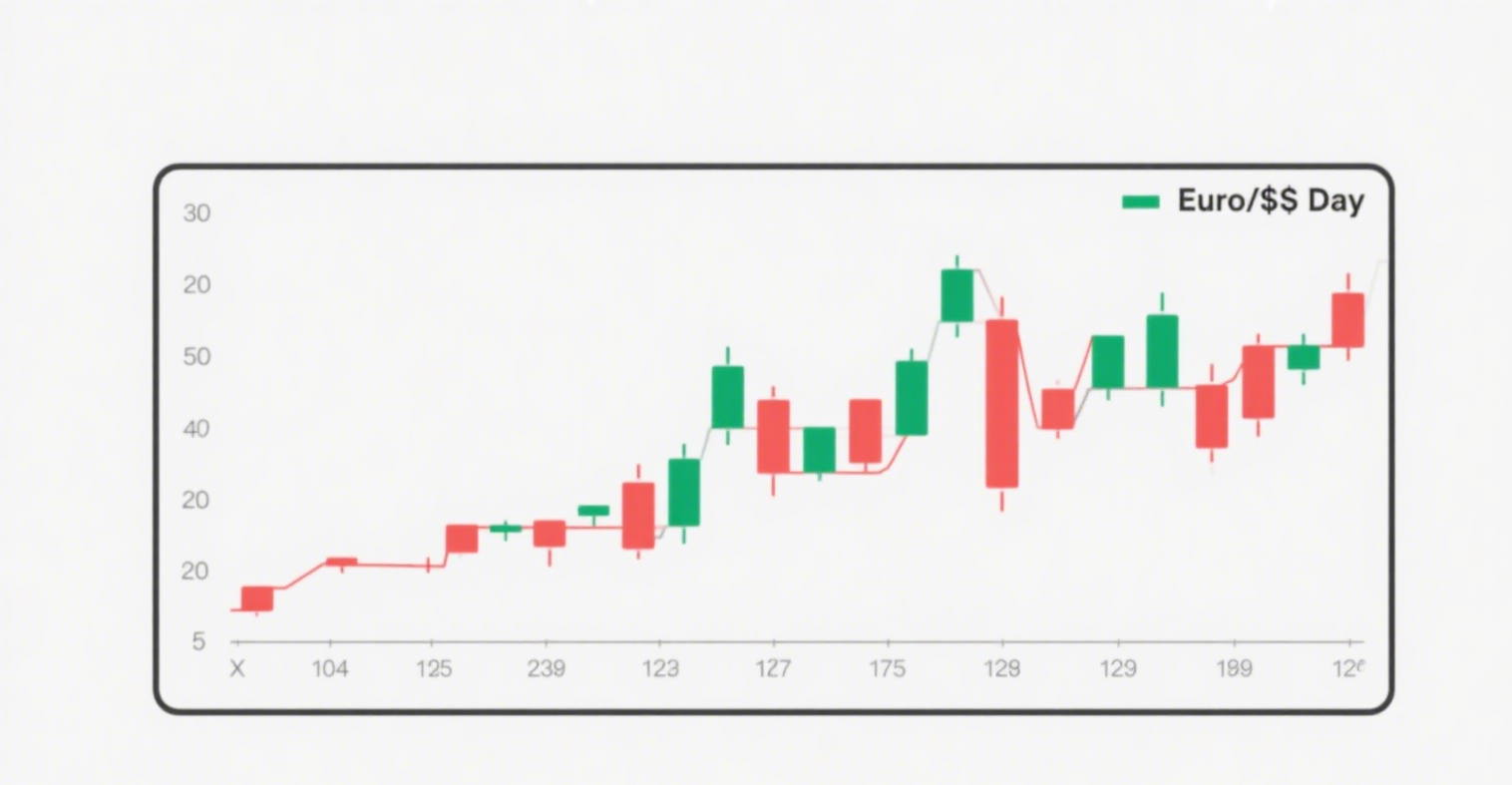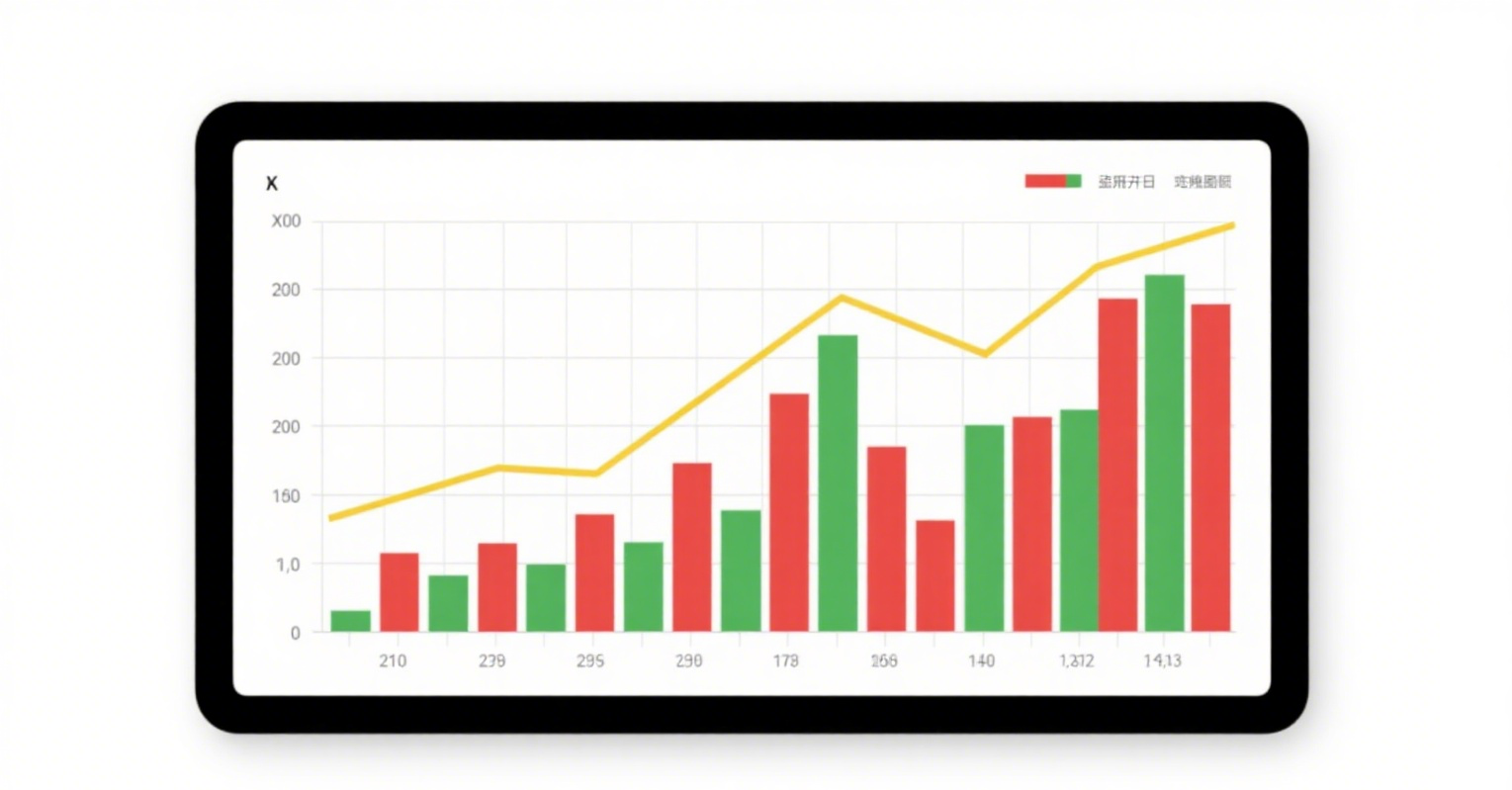
What is the long-term return rate of stock investments?
If investing in stocks for the long term, what is a relatively reasonable expected return rate?
Is the long-term return only 6.6%?
In the book Stocks for the Long Run, finance professor Siegel calculated that the long-term return rate of U.S. stocks is 6.6%. But I guess you must also have doubts—you often hear about people making 20%, 50%, or even doubling their money. Is 6.6% too low? Can you only earn this little from
stock market investments?
In reality, the returns from an investment are achieved over time.
You might make 20% in one month, but if there are no similar opportunities in the remaining 11 months of the year—or even if you lose that 20%—it’s completely different from making 20% over the entire year.
Therefore, when comparing the returns of major asset classes or two investment products, we usually use the metric of "annualized return." This converts the current return, whether it’s over one month, three months, or two years, into an annualized rate.
The expected return rate we’re discussing here also refers to the concept of annualized return.
Top-Down Derivation Process
After clarifying the definition of expected return, let’s explore what kind of expectation is reasonable. There are many angles to answer this question, so let’s first look at a top-down derivation process.
The growth of an entire economy is the result of every enterprise and every worker collectively striving to create wealth. A relatively easy-to-measure indicator of this outcome is GDP (Gross Domestic Product), which represents the total wealth created by a country over a period of time.
Over the past few decades, our country’s GDP has grown at a rapid pace. In the past 20 years, China’s GDP has grown at an average annual rate of about 9%. However, as our economic scale expands, the demographic dividend diminishes, and we undergo a phase transition in technology and industrialization, the future growth rate will inevitably slow down somewhat. Based on data from recent years, we can conservatively expect an annual growth rate of 5%–6%. This figure serves as a foundational guarantee for our return rate.
When we invest in stocks, we are essentially investing in a series of relatively large, profitable, and dynamic companies in the country—after all, they are all publicly listed.
Therefore, overall, if we interpret GDP growth as the "average growth rate of all enterprises, big and small," then investing in companies with higher operational standards can yield some excess returns. Based on our experience, a long-term annualized return rate of 8%–10% is achievable.











